2010 Jaguar XKR Review

There’s just something about Jaguars that make you fall in love. Maybe it’s the style, the power, the cachet. However, Jaguar has made it difficult to like its products – meaning the day-to-day business of owning and operating an automobile. This is purely a case of head over heart, which is why the company is making it even more difficult to say no to your deepest feelings.
FAST FACTS
| 1. The biggest change to the 2010 XK is a new 5.0L V8 that gets supercharged in the R model for 510-hp and 461 ft-lbs of torque. |
| 2. The added power results in a 0-60 mph of 4.6 seconds, an improvement of three-tenths over the old model. |
| 3. XKR models start at $96,000 and come pretty much fully loaded. |
When the ‘new’ XK launched in 2007, the aluminum-intensive body screamed performance and luxury with more than a hint of sexual robustness. Long hood, short tail, touches of Aston Martin here and there. But to drive it was to fall into disappointment. Although the clothes were new, the engine was not, and its carryover V8 – in both normally aspirated and supercharged forms – were virtually unchanged from their introduction a decade before. The AJV8 was outdated and ubiquitous, just like the J-gate shifter that somehow found its way into the XK’s cabin.
So what could have been a homerun was more a stand-up double.
MORE POWER FOR 2010 WITH NEW 510-HP SUPERCHARGED V8
For 2010, Jaguar is confident it’s ready to deliver, and it’s brought some suitable talent to bear: a new engine. In the XFR that we tested, it’s a 5.0-liter V8 that uses a supercharger to produce a fantastic 510 hp at 6000 rpm and a massive 461 ft-lbs of torque that peaks at a low 2500 rpm. That’s a huge improvement over the outgoing motor, and soundly beats the 505-hp BMW M6. All that power is routed to the rear wheels through Jaguar’s familiar six-speed automatic transmission with Jaguar’s Sequential Shift steering-wheel paddles giving full control over the party, if needed.
The added power translates to a lower 0-60 mph time of 4.6 seconds, compared to the old model’s 4.9 seconds, and the 50-70 mph time is faster too. That’s pretty impressive considering the XKR’s 3,968 lb. curb weight. However, that boost-happy motor means some pretty sketchy fuel economy, returning 15/22 mpg (city/hwy) of your favorite premium dino juice.
To help the XKR turn corners, Jaguar has developed a new Active Differential Control, which eschews the electronic-only systems of some major manufacturers for a proper mechanical rear diff. This is definitely a car that provides its own smoke show on command, thanks to its three-mode Dynamic Stability Control, a faster steering rack and all that extra power.
That also translates into a wonderful roar that comes from the quad exhaust pipes when pressed, but also burbles quietly at low revs.
While 19-inch wheels are standard, there are three other styles and sizes to choose from. The 20-inch Nevis wheels fitted to our tester are a worthy $5,000 option. Other exterior changes include some more aggressive, aluminum-trimmed air intakes.
PLUSH RIDE A RARE TRAIT FOR A HIGH-POWERED COUPE
The Jag’s best feature, though, is noticeable after only a few hundred yards: its great ride. Normally, a 500-hp sports car uses rock-hard springs with no suspension travel and shocks tuned for the racetrack. However, the XKR is obviously tuned with comfort solidly in mind – its CATS adjustable suspension doesn’t punish the occupants, but still delivers hair-raising performance when thrown into a corner. The steering is direct, with good feel, but the assist could be decreased slightly.
Inside, the XKR adopts the rotary-knob-style JaguarDrive Selector that rises out of the centre console to meet your hand when the ignition is engaged. Twist through the traditional PRND, while a press-and-turn engages Sport mode. Otherwise, the butter-soft leather seats can be had in a number of color combinations with contrasting stitching, if desired. Also, there are ‘R’ logos on the fascia, dashboard dials, steering wheel and embossed into the aforementioned seats.
The XKR remains a 2+2, even though the rear chairs offer very little room for anyone beyond small children. However, the hatchback design does allow for good cargo room, considering the car’s intended audience.
Pricing is pretty simple: the $96,000 MSRP includes everything – there are no options. However, a number of exterior visual add-ons and some other interior touches can be factored in afterwards.
THE VERDICT
The Jaguar faces stiff competition from the likes of the BMW M6, Maserati GranTurismo, and even the Porsche 911 Carrera S, but the XKR wins on the price-per-horsepower front. If push comes to shove, the Carrera S is the hands-down winner for handling and feedback, but the Jag has a certain cachet that means it revels in its imperfections. It doesn’t apologize for its flaws, and neither should you.
However, the XKR’s biggest challenge comes from within: the equally powered – and perhaps more attractive – XFR sedan. It’s priced similarly, offers similar performance, and fits four comfortably.
But love isn’t perfect, nor is it logical, which is why the XKR will thrive for those interested in sharing the journey – thanks to its new heart.
RELATED READING
LOVE IT
- Torque-tastic engine
- Great ride/handing balance
- Luxurious appointments
LEAVE IT
- Touchscreen delay
- Cramped rear seats
- Too-light steering

Mark has worked as an automotive journalist for over 10 years, starting as a student at Centennial College, in Toronto, by launching an auto-review section in the college paper, The Courier. Since then, he's been Editor of Inside Track Motorsport News and its Streetwise section of new-vehicle reviews and industry news, done stints at Carguide and World of Wheels, and currently works as an award-winning freelancer for AutoGuide.com, MSN Autos Canada and more. He's also a first-time father, so don't be surprised if the frustration of properly installing a car seat creeps into his work.
More by Mark Atkinson















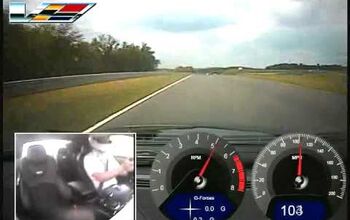
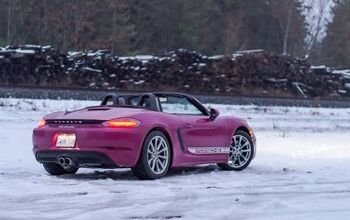
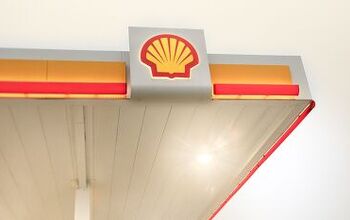

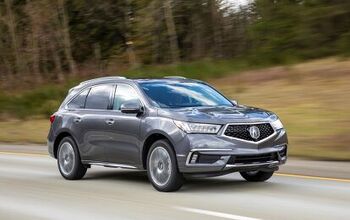
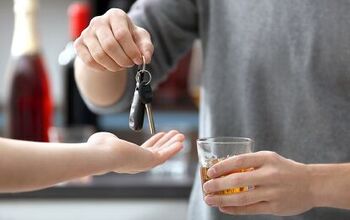

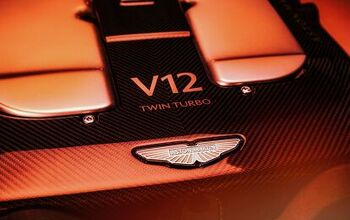
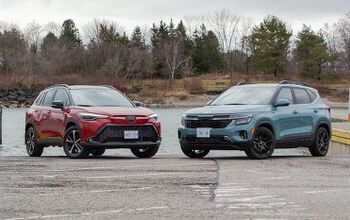


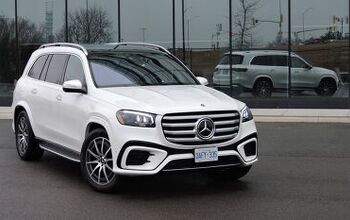


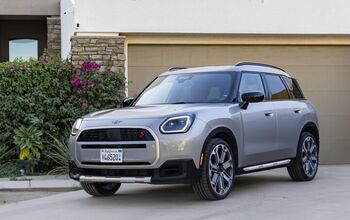
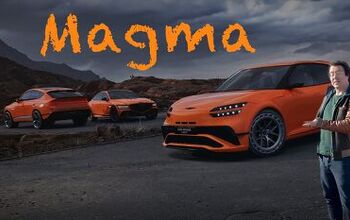
Comments
Join the conversation